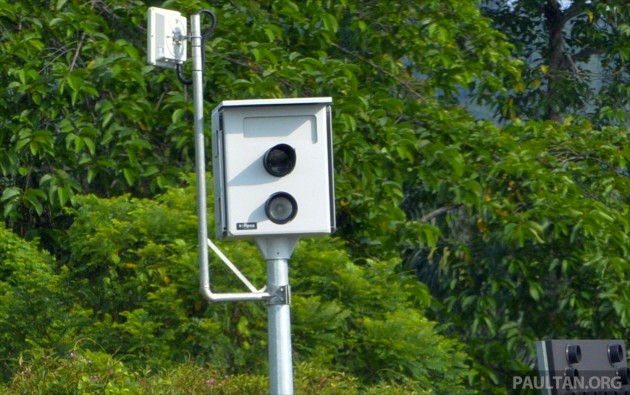News reports indicate that the federal government is looking into taking over the operation and enforcement of the Automated Enforcement System (AES) from the two concessionaires which were appointed to run it.
A steering committee involving government agencies such as Pemandu, the Road Transport Department (JPJ), Ministry of Finance (MoF), Economic Planning Unit, Attorney-General’s Chamber and the Public Works Department has been appointed to discuss the matter, as well as related issues.
According to Acting Transport Minister Datuk Seri Hishammuddin Tun Hussein, the steering committee will determine the direction and expansion of the AES, including all the guidelines. Operations may be handed over to a government-owned company.
“The principle and purpose of the AES is to ensure road safety, but from the feedback we have received, the two main issues people are concerned about are the privatisation of the enforcement and private companies getting benefits from the fines,” he said.
“The feedback received will be brought to the attention of the main committee. The AES discussion period is not an issue. What is important is the public confidence in the outcome and the direction of the AES,” Hishammudin told reporters.
He added that the goverment is looking at amending the revenue-shared module used presently to one that is more fair and transparent to all parties. “Issues that bog down the AES and affect certain parties will be addressed,” he stated.
The two contractors appointed to run the RM700 million AES project are Beta Tegap, which will utilise equipment from Australian-based Redflex Traffic Systems and run AES for the southern region, and ATES, which will operate equipment from German company Jenoptik Robot, and is responsible for the rest of the country, including Sabah and Sarawak.
The reports add that the 14 AES cameras already in place from the pilot project will continue operations. Seven locations are in the northern Zon A, consisting of three fixed, two mobile and two traffic light cameras, one each in Ipoh, Hilir Perak, Taiping, Tapah, Sungai Siput, Kerian and Tanjung Malim. Central Zon B also has seven locations, four in KL, two in Putrajaya and one in Kajang.
Last month, a news report indicated that as many as 1,079 AES cameras have yet to be installed nationwide, with their locations yet to be identified, but to be determined by the Malaysian Institute of Road Safety and Research (MIROS) soon. Last year, at the advent of the system’s introduction, it was announced that the cameras were set to be deployed in 831 “black spot” areas on highways as well as stretches of state and federal roads.
Looking to sell your car? Sell it with Carro.




AI-generated Summary ✨
Many comments reflect suspicion that the AES system is primarily a money-making scheme for the government and private contractors, with concerns over corruption, cronyism, and excessive profits. Some believe the system is used to generate revenue through fines rather than improve road safety. There is criticism of the placement of cameras, especially in areas with low speed limits like 25km/h, and skepticism about the government's true intentions, fearing it may be privatized later for profit. Others suggest that funds from fines could be better used for infrastructure improvements, such as repairing roads and enhancing pedestrian facilities. There are also calls for fair enforcement and concerns about the impact on driver freedom, with many viewing the system as unjust or a form of elitism.